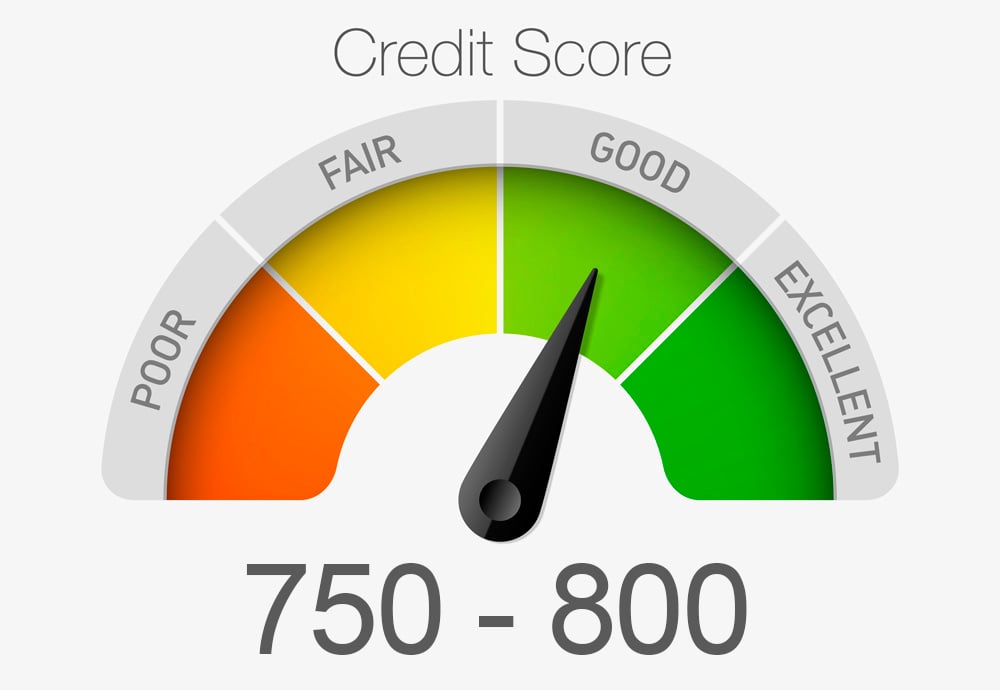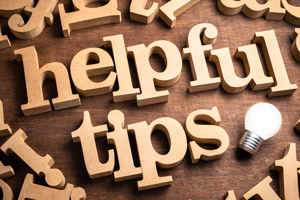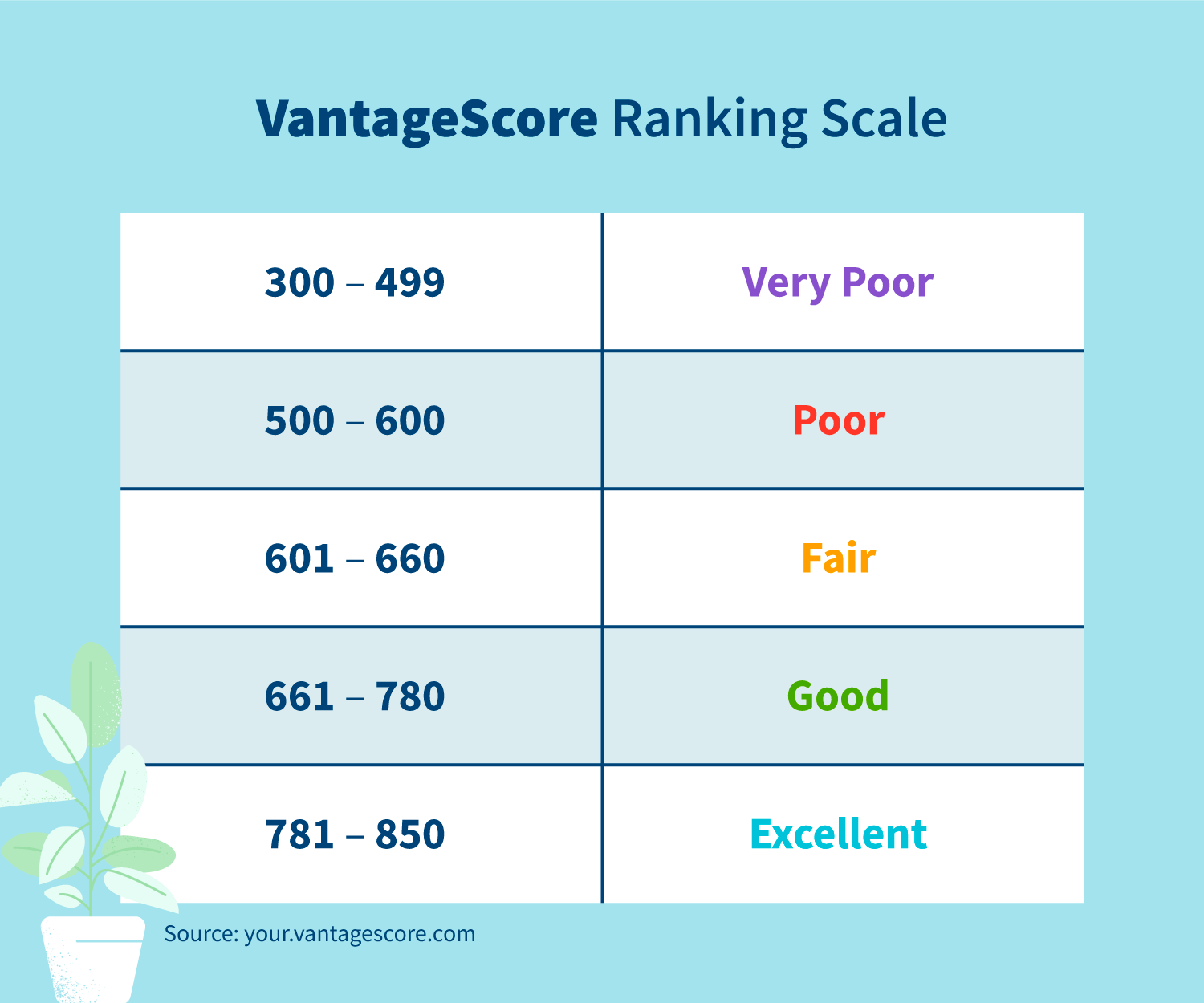
When they produce your monthly statements, the credit card company sends information about your revolving use to the credit bureaus. It is difficult to keep your revolving usage ratio low. This can be avoided by scheduling a payment before the credit bureaus receive your balance. If you do this, your revolving utilization will be lower.
Low revolving credit balances
When credit card companies print monthly statements, they report the balances to the credit agencies. If you wait until the last day of each month to pay your balance, your monthly revolving rate will be higher. This can make it more difficult to keep your debt balance low. But, your creditor can schedule a payment schedule to be paid before reporting your balances to the credit bureaus.
For maintaining good credit scores, it is important to keep your revolving balances low. High interest rates can lead to credit card debt. Carrying balances on these cards can result in high fees. It is best to avoid any type of debt. These steps can help optimize credit scores.
Revolving debt reduction
The concept of lowering revolving debt utilization is not new. Revolving credit is a type or credit card that has a monthly repayment. Important to remember that installment loans do not count as revolving. Credit cards and home equity line of credit may count towards credit utilization. The good news? It's possible to reduce your revolving balances and improve credit utilization scores by paying down those balances.

Paying off all revolving credit in full is the best way to reduce it. This will make it easier to get more money whenever you need it. The interest will accrue if you are unable to pay the full amount.
Account limit reduction
When your credit limit is lowered, it's important to work with the lender to make up for the loss. Explain the situation to the company. You might be able raise your credit limit. If not, you can try calling another creditor. If you've had a bad credit history in the past, this might be an opportunity to repair your score.
Your credit limit is the maximum amount you can borrow from your financial institution. It is often determined by your credit history and income. When your limit goes beyond this amount, it will have an impact on your overall credit score and your ability to access future credit.
Lowering credit card balances
Borrowers need to be aware of the credit score factor called "revolving utilization". It is the total credit card limit that is exceeded by credit card balances. Having a low revolving utilization percentage is better for your credit rating than having a high revolving utilization. You can lower your revolving usage percentage without impacting your credit score.
A common financial problem is a credit card balance. It is very important to pay them off as soon as possible. Generally, you should aim to pay off your credit card balances each month. This can help you avoid carrying over your balances to the next month. You can also spread your spending across multiple credit cards to avoid overspending.

Repayment of home equity credit
A home equity line of credit (HELOC) is a revolving line of credit secured against a borrower's home. It allows borrowers to borrow the maximum amount they need up to the credit card's maximum limit. The repayment terms are flexible. It can be used for large, recurring expenses like a major home remodel, as well as unexpected expenses like medical bills.
A home equity line credit has a repayment period that includes both principal and interest payments. The repayment term will vary depending upon how much equity your home has, but most lenders will allow for you to borrow upto 80% of your home's equity. A fixed or variable rate of interest can be chosen.